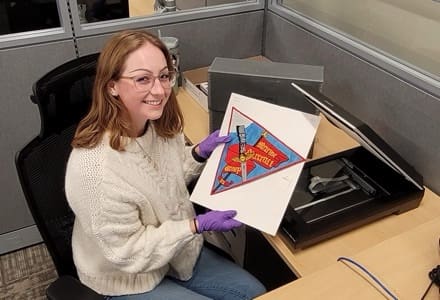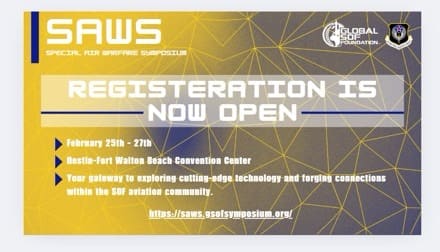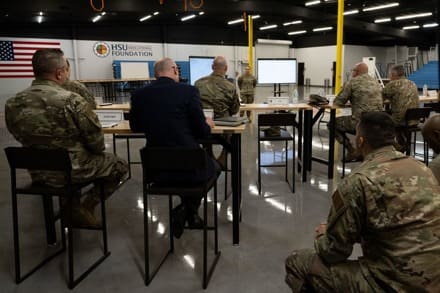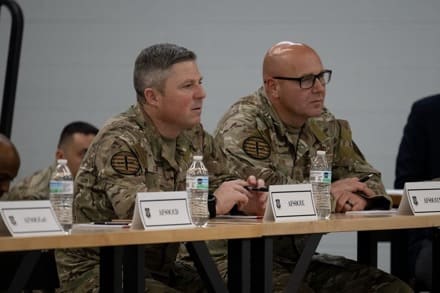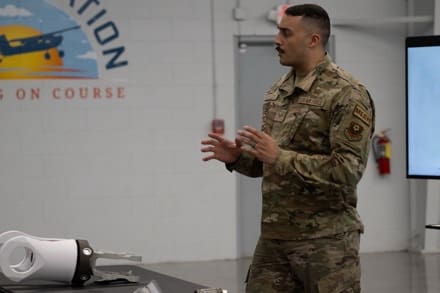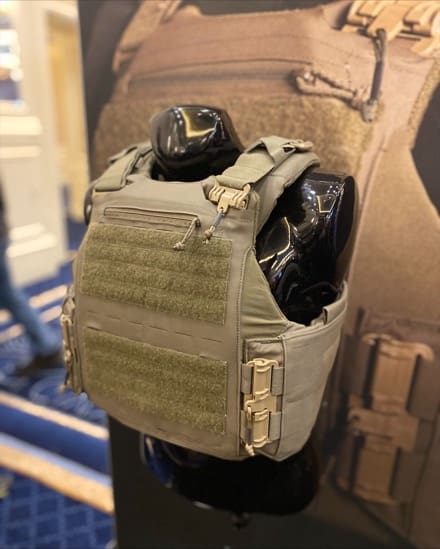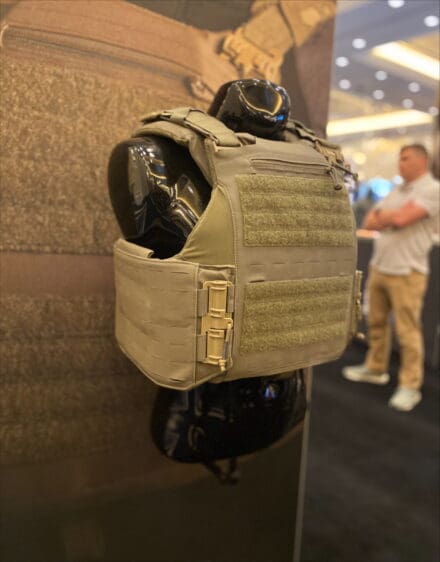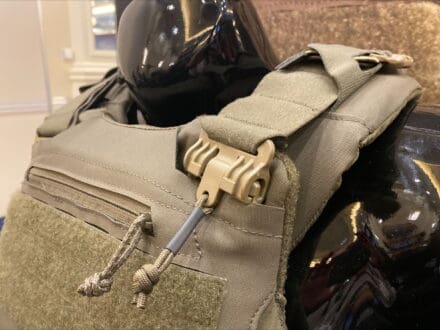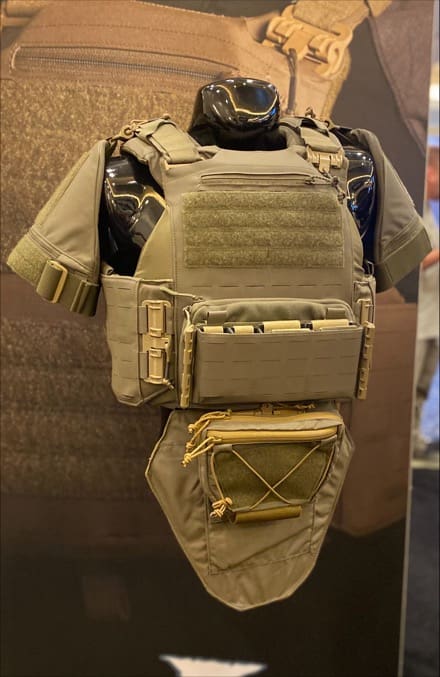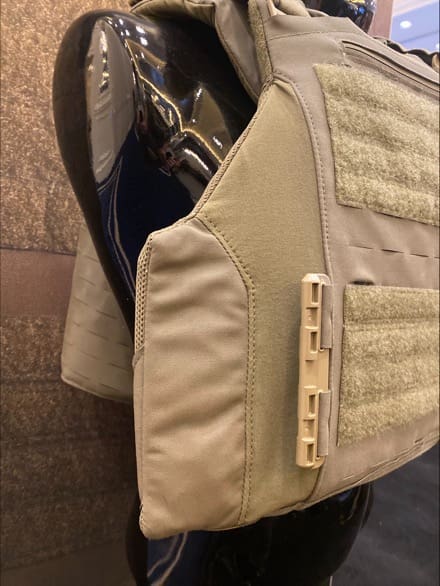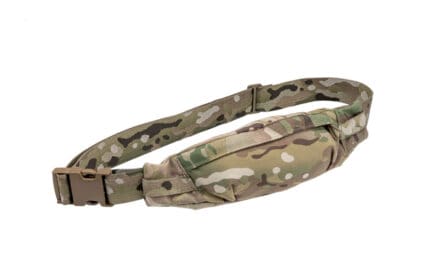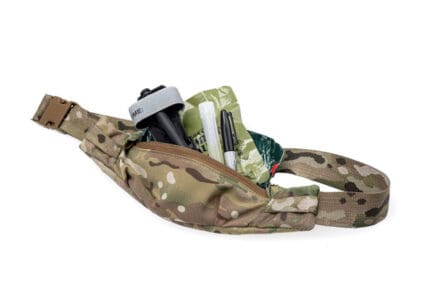FORT JACKSON, S.C. — A quarter of a millennia is not a long time when speaking of the universe, but it’s a significant amount of time when speaking in terms of a human life. This year the Army and its Chaplain Corps celebrate 250 years in service to the nation.
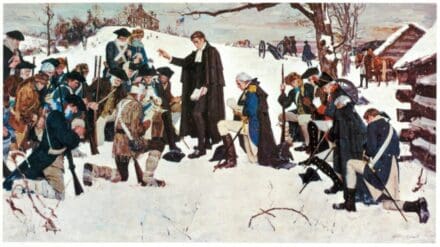
The central theme for the Army celebration is “This We’ll Defend.” The central theme for the Chaplain Corps celebration is “Celebrating 250 Years of Sacred Service.”
Since the Army’s establishment in 1775, Soldiers, Families and Army civilians have supported our nation, bearing true faith and allegiance to the country, the U.S. Constitution, the Army, their units and fellow team members.
“As we prepare for our future we also reflect on our past. ‘This we’ll defend’ was first used as a battle cry by the Continental Army. Today it reminds us that our Army’s purpose is clear: To fight and win the nation’s wars,” said Gen. Randy A. George, Chief of Staff of the Army. “We remain committed to honing our warfighting skills, enforcing standards and discipline and living the values that have defined our Army culture for the past 250 years.”
The Army has a rich legacy. One year older than the nation it defends, the Army has dedicated itself to fighting and winning the nation’s wars for 250 years. As we celebrate the 250th birthday of the United States Army, we reflect on that rich history and legacy of service, sacrifice, and dedication. From the Revolutionary War to present-day missions, our Soldiers have consistently demonstrated their resolve to defend freedom at home and abroad.
The Chaplain Corps is part of that 250-year history and legacy.
“Our Corps was established just six weeks after our Army was established on June 14, 1775,” said Chaplain (Maj. Gen.) William “Bill” Green, Jr., Army Chief of Chaplains. “General George Washington requested that chaplains be added to the Army to meet Soldier’s religious and spiritual needs and to support good morals and morale. The Continental Congress responded authorizing one chaplain for each regular Army regiment of the Continental Army.”
The Chaplain Corps was established on July 29, 1775, and 218 chaplains served in the Continental Army during the Revolutionary War. Army chaplains have participated in every major conflict involving the United States since. The Chaplain Corps has eight recipients of the Medal of Honor. Chaplain Emil Kapaun is a recipient from the Korean War. He is also on the pathway to Catholic sainthood.
Today’s Total Force Chaplain Corps includes more than 3,000 chaplains, nearly 3,000 religious affairs specialists, more than 500 chaplain candidates, more than 50 directors of religious education and nearly 100 other Department of the Army civilians.
Chaplains are professional military religious leaders who are individually endorsed and authorized to serve in the Army by distinctive civilian religious organizations. They contribute to Army readiness by providing religious and spiritual support to America’s Soldiers and their Families while assisting commanders in ensuring their right to the free exercise of religion.
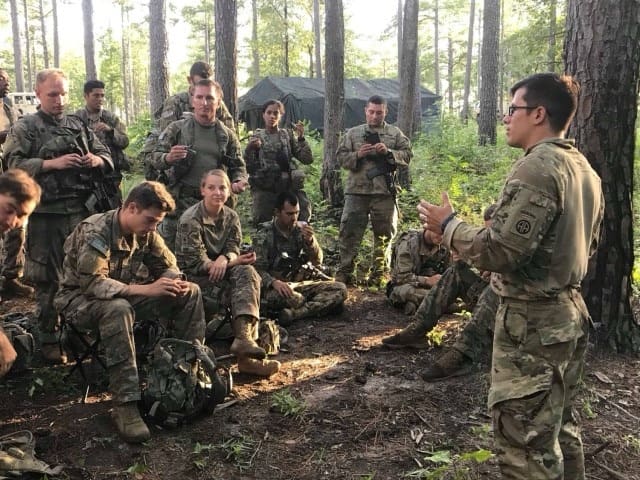
The Chaplain Corps’ religious affairs specialists are enlisted Soldiers who assist chaplains in the performance of their religious support duties. Before 1909, chaplains had the support of fellow Soldiers, but it was not until December 28 of that year that chaplain assistants were officially authorized.
Chaplain assistants became religious affairs specialists on Oct. 1, 2017, acknowledging their expanding capabilities in navigating a complex and religiously influenced global landscape.
The Chaplain Corps team is rounded out by Army civilians who provide mission-essential support to the Army by serving as a workforce of talented, qualified people filling critical noncombat positions. Those civilians include the Corps’ directors of religious education.
The Army’s first director of religious education was hired at Fort Liberty in 1948, bringing technical expertise and professional leadership to Army religious education programs.
Since 1948, the career field has expanded across the Army, with more than 50 directors of religious education now serving 40 installations around the world, supporting the free exercise of religion, and building Army spiritual readiness.
Our country’s leaders have always viewed religious support to our military as an indispensable necessity.
In 1775, George Washington said, “We need chaplains.” During his years as president, he added, “Of all the dispositions and habits which lead to political prosperity, religion and morality are indispensable supports. In vain would that man claim the tribute of patriotism, who should labor to subvert these great pillars.”
George C. Marshall, chief of staff of the Army during World War II, would later state, “The Soldiers heart, the Soldier’s spirit, the Soldier’s soul are everything. Unless the Soldier’s soul sustains him, he cannot be relied on and will fail himself and his commander and his country in the end.”
The core competences of the Chaplain Corps are to nurture the living, care for the wounded and honor the fallen. The Chaplain Corps continues adapting, to address emerging faith requirements while supporting multi-domain operations.
The goal of Army birthday communication and events is to increase public awareness and appreciation of the U.S. Army’s enduring opportunities, readiness, and values by highlighting the achievements of past and present Soldiers and civilians.
From Jan. 1 to Dec. 31, 2025, leaders and Soldiers at unit, installation, headquarters, and Army levels will celebrate the 250th birthdays of the Army and the Chaplain Corps.
IRL will host Chaplain Corps Regiment birthday activities at “The Heart and Home of the Army Chaplaincy”
By Mel Slater
